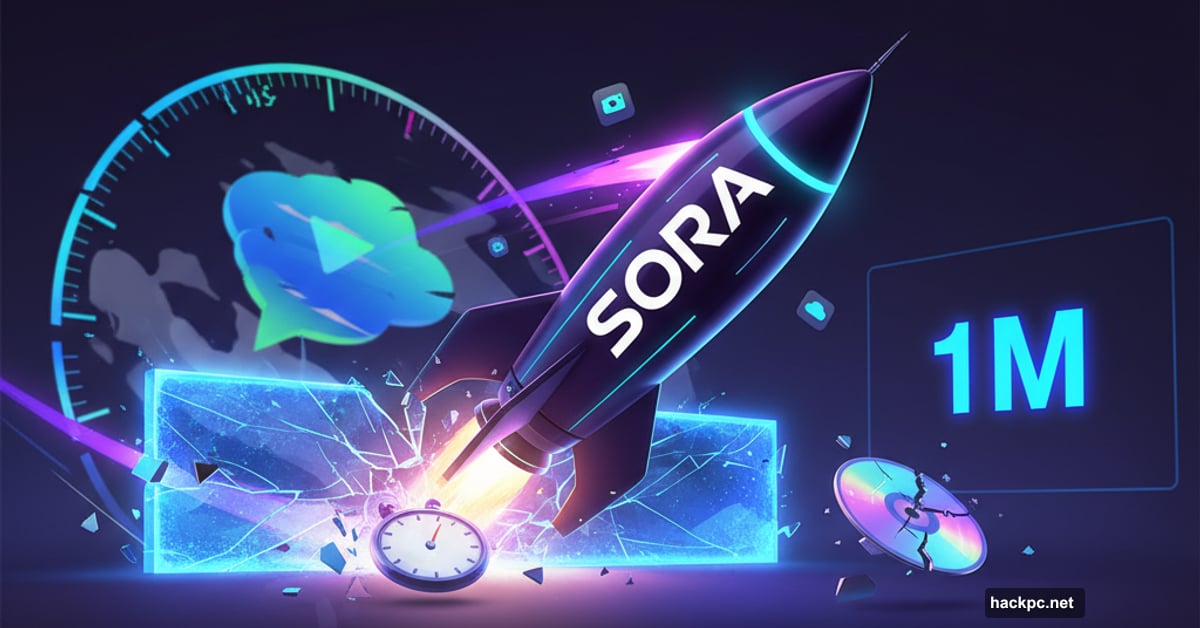
OpenAI’s video generator Sora hit a million downloads in under five days. That’s faster than ChatGPT managed back in late 2022.
Even more impressive? Sora requires an invite to use. ChatGPT launched publicly with zero barriers. Plus, Sora only works on iOS right now. ChatGPT was available across multiple platforms from day one.
So what’s driving this explosive adoption? And why are people racing to get access to an app that creates realistic deepfakes?
The Numbers Tell a Crazy Story
App intelligence firm Appfigures tracked Sora’s first week on the App Store. The data shows 627,000 iOS downloads in seven days. ChatGPT managed 606,000 during its first week back in November 2022.
But here’s the kicker. Bill Peebles, OpenAI’s head of Sora, confirmed the app crossed one million downloads in less than five days. That demolishes ChatGPT’s record by a significant margin.
And remember, this happened despite the invite-only restriction. Users had to download the app, request access, and wait for approval before generating their first video. Many people probably downloaded it just to join the waitlist.
First Day Performance Blew Past Expectations
Sora grabbed 56,000 iOS installs on September 30, its launch day. That pushed it to the No. 3 spot on the U.S. App Store’s overall rankings within hours.
By Friday, October 3, it reached No. 1. Not just in a category. The entire App Store.
For context, that performance topped recent launches from Anthropic’s Claude and Microsoft’s Copilot. It matched xAI’s Grok launch, which also generated significant buzz. But none of those apps faced invite barriers at release.
Daily downloads peaked at 107,800 on October 1. Even after the initial surge died down, Sora maintained between 84,400 and 98,500 daily installs through early October. Those are remarkable numbers for an app most people still can’t fully access.
Geography Played a Smaller Role Than Expected
Sora launched in both the U.S. and Canada. ChatGPT was U.S.-only during its first week. So you might think Sora had an unfair advantage with access to two markets.
But Appfigures data shows Canada contributed roughly 45,000 installs. That’s only about 7% of the total. Remove Canada from the equation, and Sora still achieved 96% of ChatGPT’s U.S. launch numbers on iOS alone.
Meanwhile, ChatGPT launched across web, iOS, and Android simultaneously. Sora remains iOS-exclusive for now. No web version. No Android app. Just iPhone and iPad users.
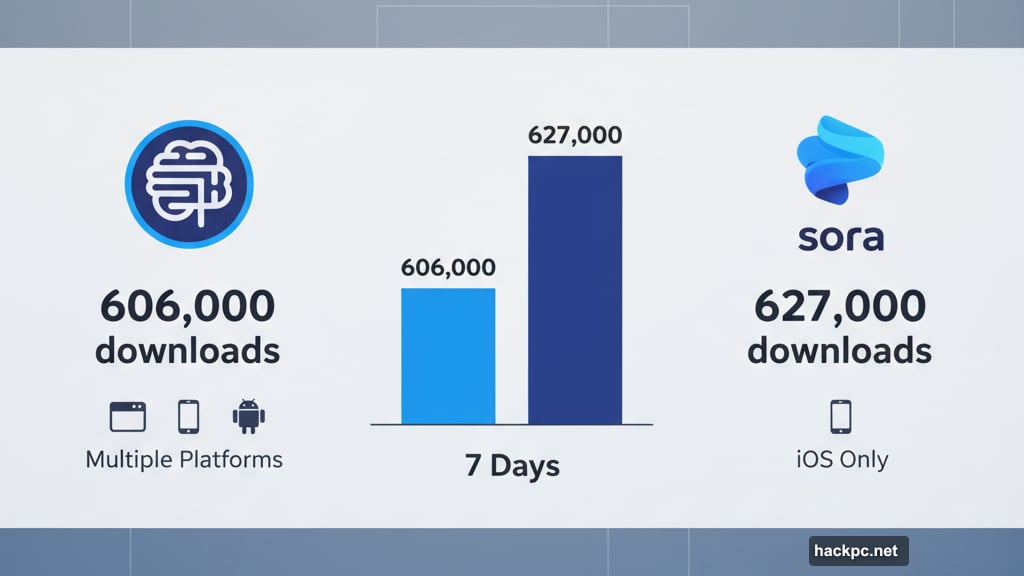
That makes Sora’s performance even more striking. A platform-limited, invite-gated app shouldn’t outpace a publicly available, multi-platform launch. Yet it did.
Social Media Exploded With Sora Videos
Scroll through X, Instagram, or TikTok right now. Sora-generated videos are everywhere. Users are creating everything from surreal landscapes to hyper-realistic clips of people who never existed.
Some content sparked controversy immediately. People began generating deepfakes of deceased celebrities. Zelda Williams, daughter of the late Robin Williams, publicly asked users to stop sending her AI-generated videos of her father. The ethical implications hit hard and fast.
But controversy often fuels adoption. People want to see what Sora can do. They want to test its limits. So they download the app, request access, and start experimenting the moment they get approved.
That cycle creates momentum. More users create more content. More content drives more interest. More interest leads to more downloads. The flywheel spins faster with each passing day.
Why Sora Matters More Than ChatGPT Did
ChatGPT impressed people with text generation. Useful? Absolutely. Exciting? For sure. But text doesn’t grab attention like video does.
Sora generates realistic video from text prompts. That’s fundamentally different. Video creation traditionally required expensive equipment, technical skills, and hours of editing. Sora does it in seconds from a simple description.
The barrier to entry just collapsed. Anyone with an iPhone and an invite can now produce content that looks professionally shot. That democratization feels revolutionary in ways text generation doesn’t quite match.
Plus, video dominates social media engagement. Posts with video get shared more, watched longer, and drive higher interaction rates than text or static images. Sora gives users the power to create the most engaging content format without learning complex video editing software.
The Invite System Created Artificial Scarcity
Here’s something OpenAI probably learned from social media platforms. Nothing drives demand like making people wait.
Instagram famously launched invite-only. Gmail required invitations for years. Clubhouse built massive hype through its exclusive access model. Scarcity creates perceived value.
Sora follows the same playbook. You can download the app today. But you can’t use it until OpenAI grants access. That turns the app into a status symbol. Getting approved means you’re among the chosen few testing cutting-edge AI technology.
Social media fills with posts from people showing off their Sora access. Others respond with jealousy and urgency to get in. That FOMO (fear of missing out) drives even more downloads as people rush to join the waitlist before it closes.
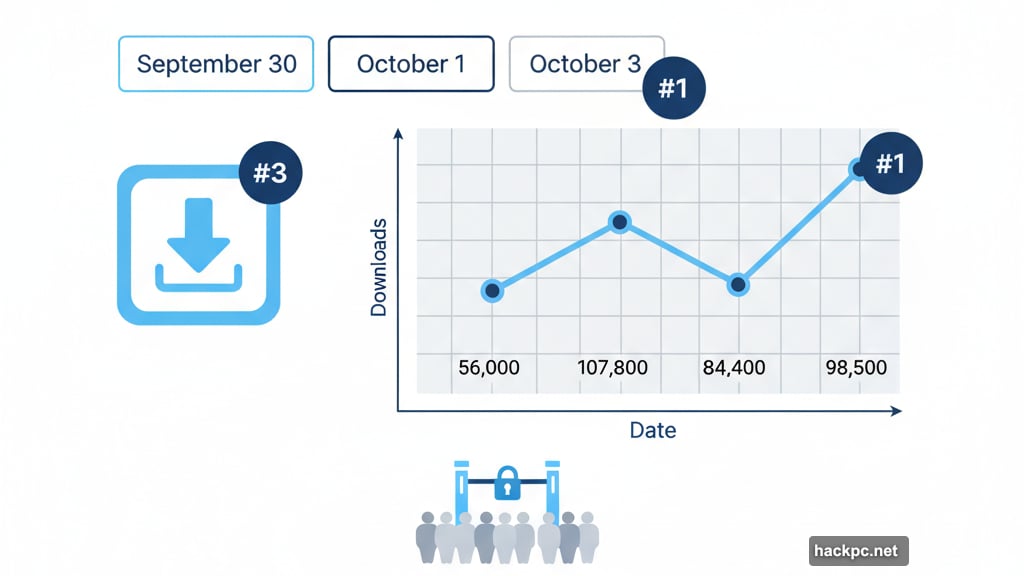
What This Means for AI Adoption
ChatGPT’s launch proved consumers wanted AI tools. Sora’s launch proves they’re ready to move beyond text. Video represents the next frontier, and adoption is happening faster than anyone predicted.
This rapid uptake signals something important. Users aren’t intimidated by AI anymore. They’re excited. They’re ready to experiment. And they’re willing to download apps just for the chance to try new capabilities.
That shift in mindset matters for every AI company building consumer products. The market moved from “Will people use this?” to “How fast can we scale?” in less than three years.
Expect more companies to launch with invite systems going forward. It builds buzz, manages server load, and creates urgency. Sora just proved the strategy works even better now than it did for Gmail back in 2004.
The Deepfake Problem Nobody Wants to Talk About
Let’s address the elephant in the room. Sora makes creating deepfakes trivially easy. That’s both its biggest selling point and its most dangerous feature.
Yes, OpenAI included safety measures. The app has content filters and moderation systems. But users already report overmoderation, with legitimate requests getting blocked while questionable content slips through.
Bill Peebles acknowledged this in his announcement. He mentioned the team is working on fixes to address overmoderation issues. But finding the right balance between safety and creative freedom remains incredibly difficult.
Meanwhile, the cat’s out of the bag. Millions of people now have access to professional-grade deepfake technology. Some will use it responsibly for creative projects. Others won’t. The societal implications are massive and largely unresolved.
What Comes Next
OpenAI faces a crucial scaling challenge. One million users in five days is impressive. But it also means crushing server load, support requests, and moderation needs.
The company will need to expand access carefully. Open the floodgates too quickly, and infrastructure collapses. Move too slowly, and competitors catch up. Finding the right pace determines whether Sora maintains its momentum or loses it to rivals.
Android users are waiting. Web users are waiting. International markets beyond the U.S. and Canada are waiting. Each expansion brings new users but also new challenges around content moderation, cultural sensitivity, and local regulations.
And competitors aren’t sitting still. Google, Meta, and startups like Runway are building similar tools. First-mover advantage only lasts if you can maintain quality and scale simultaneously.
Sora’s launch crushed expectations. Now comes the hard part: living up to them while navigating ethical minefields that nobody fully understands yet. The next few months will determine whether this launch was a genuine inflection point or just another hyped AI moment that fizzles out.
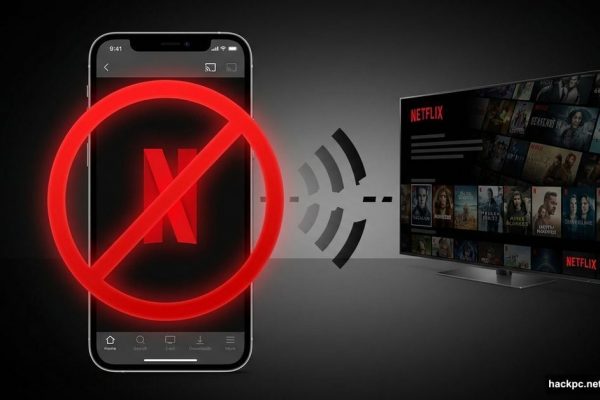
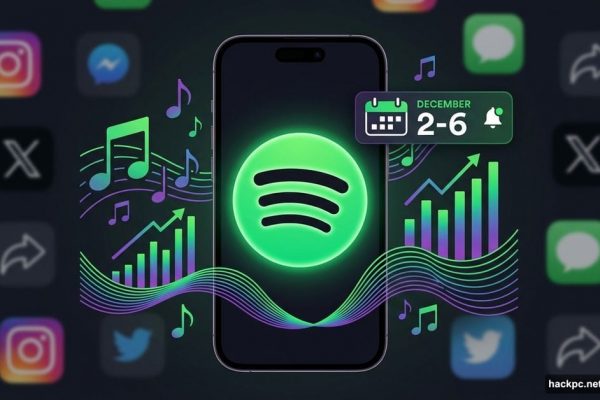

Comments (0)